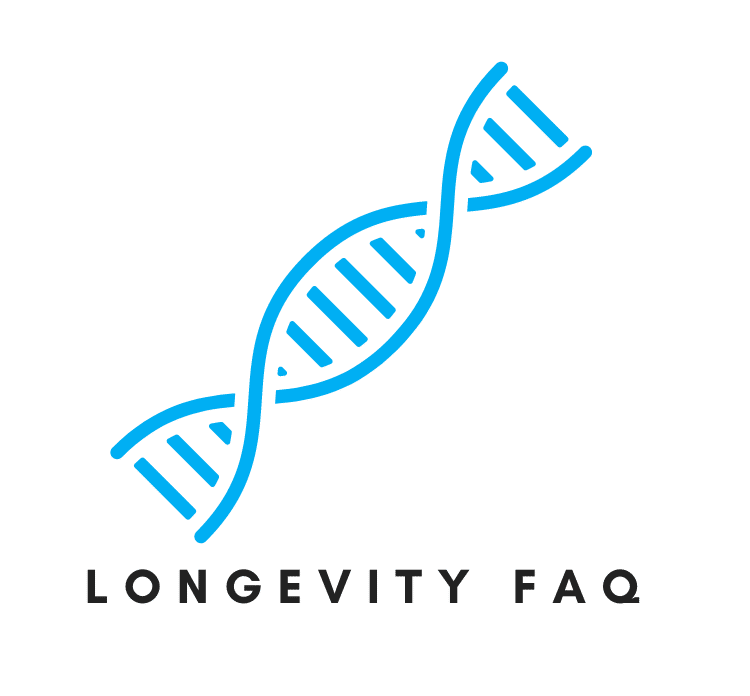
Interleukin-6 (IL-6), a multifaceted protein, is a hot topic in longevity research. Born from the Greek words “inter” (meaning between) and “leukos” (meaning white), IL-6 was discovered in the mid-1980s by Tadamitsu Kishimoto, a Japanese immunologist. This protein speaks the body’s language of growth and inflammation, providing vital clues to unlocking aging secrets.
IL-6, a cytokine, plays an intricate role in longevity through its effects on inflammation and homeostasis. As a pro-inflammatory and anti-inflammatory agent, IL-6 straddles the line between friend and foe. As we age, inflammation and homeostasis often become imbalanced, contributing to various age-related conditions. IL-6, entwined with other longevity factors such as senescence and autophagy, offers a valuable lens to explore potential anti-aging interventions.
IL-6’s multifaceted nature extends to its involvement in autoimmune diseases. Acting as a double-edged sword, this cytokine is implicated in developing and progressing several autoimmune conditions, including rheumatoid arthritis, lupus, and multiple sclerosis. Its dual role as a pro-inflammatory and anti-inflammatory agent contributes to the delicate balance between immune activation and suppression. In autoimmune diseases, this equilibrium is disrupted, leading to an overactive immune response that mistakenly targets the body’s tissues. By further understanding IL-6’s role in these conditions, researchers aim to develop targeted therapies that may help restore balance and alleviate the suffering of millions affected by autoimmune disorders.
Ground-breaking research on IL-6 and longevity includes:
- A 2006 study by Roubenoff et al. linking IL-6 to muscle loss and frailty in older adults
- A 2017 study by Furman et al. established a correlation between elevated IL-6 levels and decreased lifespan
- A 2019 study by Zhang et al. elucidating the role of IL-6 in cellular senescence and aging
Popular longevity/biohacking-related books and authors include:
- “Lifespan: Why We Age—and Why We Don’t Have To” by David Sinclair: A comprehensive guide to the science of aging, highlighting the central role of epigenetics and the potential for reversing the age-related decline. Sinclair famously said, “Aging is a disease, and that disease is treatable.”
- “The Longevity Diet” by Valter Longo: A research-based guide to nutrition for longevity, emphasizing the importance of “fasting mimicking diets” and plant-based eating. Longo’s work underscores the impact of food on age-related inflammation and homeostasis.
- “The Telomere Effect” by Elizabeth Blackburn and Elissa Epel: A captivating exploration of the role of telomeres in aging and how lifestyle factors can influence their length. The authors deliver practical advice on reducing stress, improving nutrition, and fostering a sense of purpose to promote a longer, healthier life.
In the realm of longevity, IL-6 is an enigmatic player and a vital piece of the puzzle. Its dance with inflammation and homeostasis offers a glimpse into the intricate web of factors that influence aging. As researchers continue to unravel the mysteries of IL-6, we can look forward to a future where a longer, healthier life is within our grasp.
« Back to Glossary Index